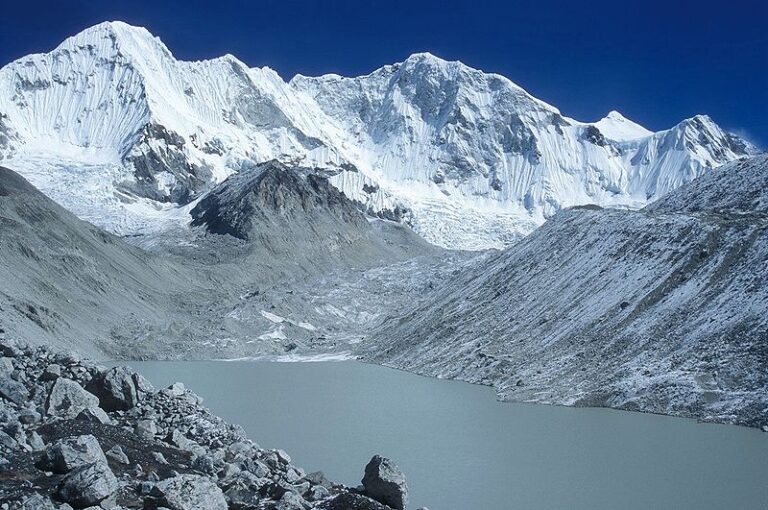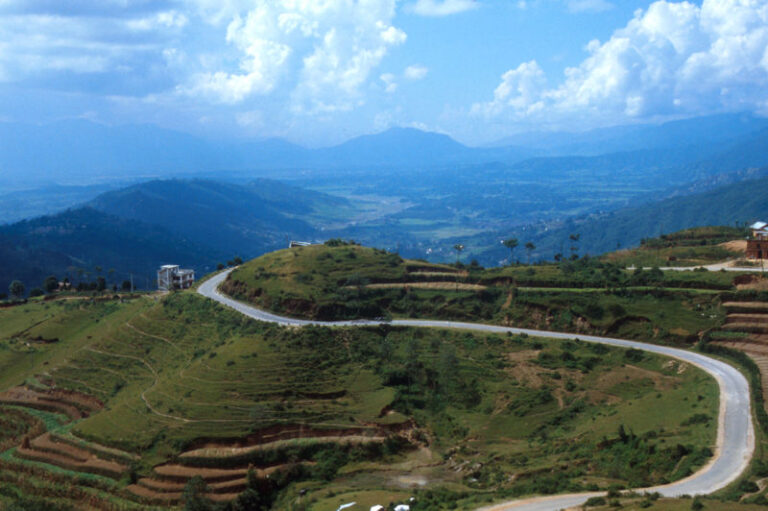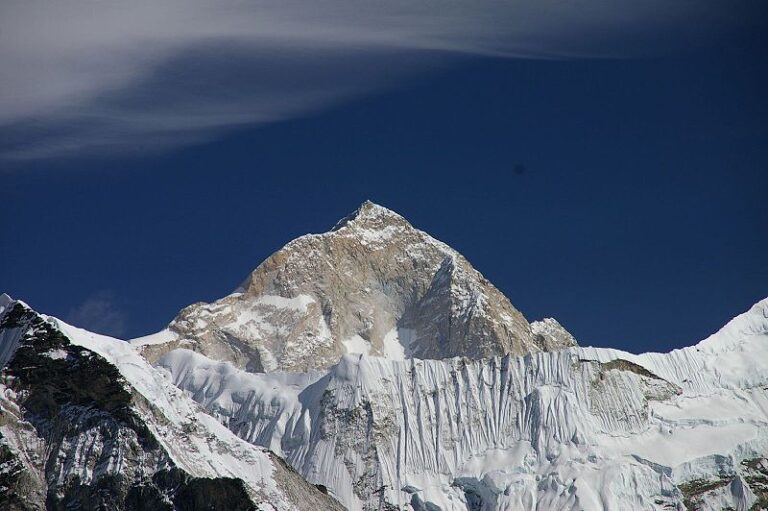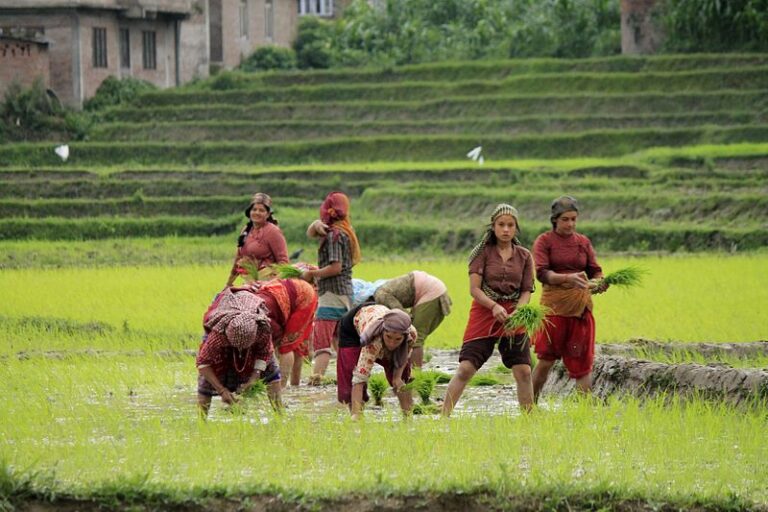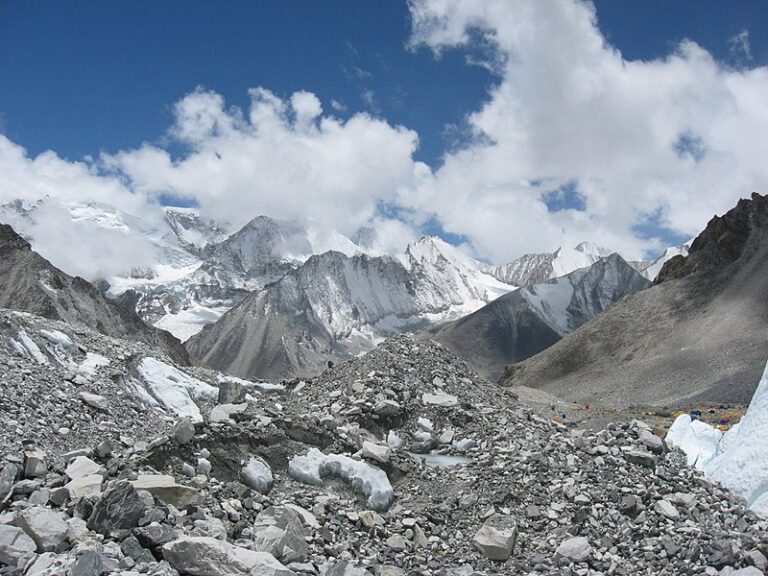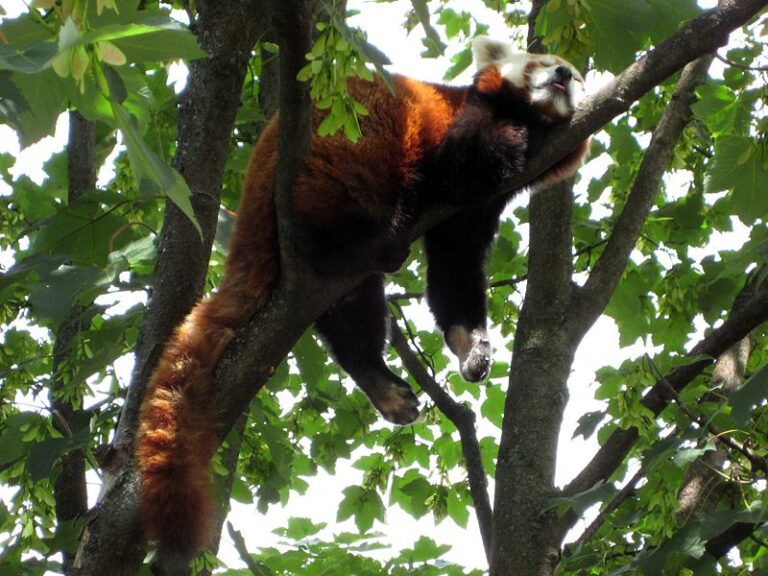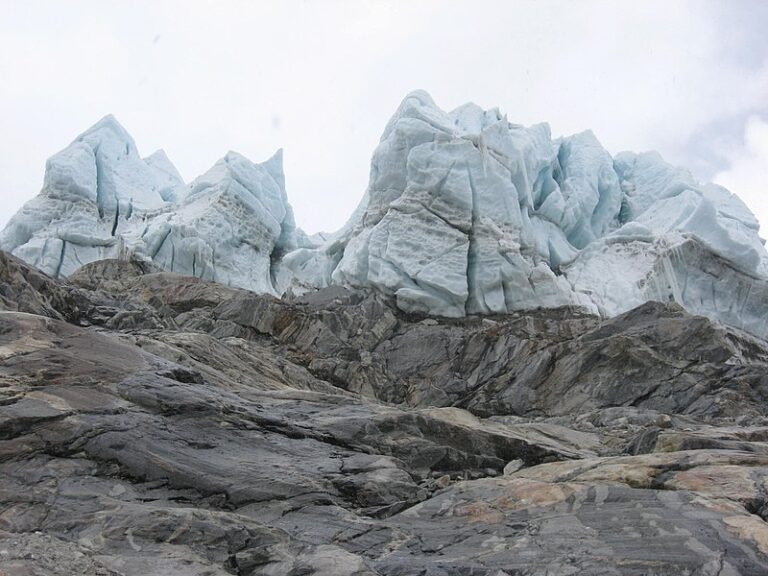Day 01- Arrival in Kathmandu – we will pick you upon your arrival date and time then transfer to Hotel. Hotel would be around the Thamel in Kathmandu.
Day 02 – Sightseeing in Kathmandu – we will explore the historical, cultural sites of Kathmandu including UNESCO World Heritage Site, Pashupatinath (sacred Hindu temples), Baudhanath (Buddhist shrine) Swayambhunath (monkey temple) and Durbar squire.
Day 03 – Fly to Tumlingtar and trek up to Manebhanjyang (1296m.a.s.l) – 6 hours walk – Early in the morning we will fly for 45 minutes to get Tumlingtar with massif view of Kanchenjunga, Makalu, Ganesh Himal, Annapurna and Makalu. The trail gently ascends from the Tumlingtar airport and an approximately three hours walk bring us to Khandbari bazaar which district headquarter of Sangkhuwa sabha district and command us to see the magnificent view of Mount Makalu. From Khandbari we will walk another one and a half hours to get Manebhanjyang village, which is the main hub for the locale busyness.
Day 04 – Trek to Chichila village (1980m.a.s.l – 6 hours walks – we will head to the northern part of Manebhanjyang village to get Chichila village. Most of the time we will ascend through the Sekaha village, stepping by verdant paddy field so major attraction of the day would be the view of the terraced field, charm landscapes, and Village view of Gurung people. When we will be in Chichila village if the weather is clear then it can be seen a splendid view of Makalu to the northward and beautiful Arun valley to the southwards.
Day 05 – Trek to Num village 1560 m – 7 hours walk – we will head to Num village doing by downhill trail through the Rhododendron, sandalwood, magnolia, and bamboo forest so great opportunity to see many species of birds, butterflies and monkeys. Along the trekking trail from Chichila to Num command us to see glimpse mountain views and wide horizons to the westward of Num village.
Day 06 – Trek to Seduwa village (1500 meters a.s.l – 6 to 7 hours walk )- after two hours walk from Num village will appear a beautiful river called Barun and we will cross it by a wooden bridge and continuously trek through the Rhododendron, Juniper, oak and silver birch. The major attraction of the day would be the awesome valley of Barun river, waterfalls, green forest, and charm landscapes.we will stay one overnight in Seduwa village with great hospitality of Sherpa or Tamang people will depend on the guesthouse.
Day 07 – Trek to Tashigoun (2100m.a.s.l) – 5 hours walk – today we going to climb about 600 meters to get Tashigoun that may takes about 5 hours. Most of the time we will walk through the lush forest, pass by many villages so can be seen local people’s activities, who are working at the farm and daily works. During the day we will walk beside the Sisuwa and Kusuwa river and cross them several times by the wooden bridges. Tashigoun is well known as a Sherpa village so we will stay one overnight in Tashigoun with warm Sherpa hospitality and delicious meals.
Day 08 – Trek to Khongma danda (3500m.a.s.l)- 6 to 7 hours walks – most of the time we will ascend to get Khongma danda pass by some beautiful lakes and waterfalls. Along the trekking trail we walk on gigantic grassy land where thousands of Yak, sheep, mountain goats, and blue-sheep are grazing around. Upon reaching Unsisha we will enter again in Makalu Barun national park. There are not any guesthouses in Khongma danda so we will spend the night in Homestay.
Day 09 – Day for acclimatization – we will climb up some of the nearby hills to do acclimatization and later in the afternoon we will explore the monasteries and learn about the culture, traditions, and other things; which are related to the Sherpa people.
Day 10 – Trek to Dobate – 7 hours walk – The trek of the day would be a little bit bitter than previous days due to cross 4 passes called Kauma- La pass 3603m, Keke-La pass 4227m, Shipton-La pass 4170m and Tutu-La pass 4080 meters. Most of the time we will do up and down walk but when we reach Dobate we will gain an alluring view of Chamlang 7319m, peak VI 6524m, Peak VII 6758 m, and other snow-capped mountains.
Day 10 – Trek to Yangri Kharka (3557m.a.s.l) – 6 hours walk – Trek from Dobate to Yangri kharka would be pleasant walk due to trek through the lush forest and mountain vistas. The major attraction of the day would be the grazing yaks on the field, both sides of green hills, Barun river valleys, and chirp sound of birds. There are dozens of basic guesthouses in yangri kharka where we will stay one overnight with great hospitalities.
Day 11 – Trek to Langmale kharka (4410m.a.s.l) – 6 hours walk – we will trek through the lush Himalayan forest, crossing by a wooden bridge over the small streams to reach Merek. After Merek we will head to Langmale kharka with mesmerizing view of high Himalayas. There are not enough guesthouses in Langmale kharka so we will sleep at a homestay.
Day 12 – Trek to Makalu base camp (4870m.a.s.l) – 6 hours walk – Trek of the day would be one of the memorable due to get the final destination of the trip. Begin of the trek we will ascend steep trail alongside the Barun River; walk on the icy- glaciers to relish the beauty of Mount Makalu and its alluring panoramas.
Day 13 – Exploration of Makalu base camp – Today we will explore the Makalu base camp vicinity with a superb panorama of Makalu from south face, Everest 8848m, Lhotse 8516m and surrounding glaciers, glacial lakes and sight trip to Barun pokhari and spend a night in Makalu base camp.
Day 14 – Trek back to Yangri kharka (3557m.a.s.l) – 7 hours walk – today we will return back to Yangri kharka descending through the sparse forest and on the rocky path. Along the trekking trail we will pass some of the villages called Shershong, Langmale kharka, and Merek.
Day 15 – Trek to Dobate – 6 to 7 hours walk – we will head to Dobate following by Barun river valley, pass by alpine forest, rocky ridges, and streams. Along the day we will relish the natural beauties, mountain vistas, charms landscapes, and gigantic pastureland where thousands of yaks are grazing on. There are dozens of basic guesthouses in Dobate village where we will spend a night with great Sherpa hospitality.
Day 16 – Trek to Khongma danda – 6 hours walk – today is another bitter day of the trip due to cross four passes called Tutula, Ship-ton La, Keke-la and Kauma La so most of the time we will do up and downhill trek to get Khongma Danda and deep rest in Guesthouse of Khongma danda.
Day 17 – Trek to Tashigoun – 5 hours walk – we will trek through the lush forest of Rhododendron, oak, bamboo, and Juniper to get Tashigoun. The major attraction of the day would be green landscapes, beautiful lakes, and river valleys and from today we will exit from Makalu Barun national park.
Day 18 – Trek to Seduwa village- 6 hours walk – most of the time we will walk beside the Isuwa and Higsa stream and pass by the isolated Barun river valley through the small settlements. An approximately 5 hours walk brings us to a beautiful village called Seduwa where we will stay one overnight in the guesthouse.
Day 19 – Trek to Num Village – 6 hours walk – today we will walk through the dense forest of Rhododendron and Bamboo and cross Arun river to exit the Makalu Barun conservation area project. While we are heading to Num village we will pass some of the rural Sherpa settlements; which are settled over the vertical land. If the weather is clear than the Num Village commands us to see the magnificent view of Makalu and its ranges.
Day 20 – Drive back to Tumlingtar – 4 to 5 hours drive – we will drive approximately 5 hours to get Tumlingtar, pass by Chichila, Sekaha, Manebhanjyang, Khandbari and Dhungedhara village to get Tumlingtar then good rest in the good guest house after long time stay in the higher region.
Day 21 – Fly back to Kathmandu and transfer to hotel – early in the morning we will fly for 45 minutes to get Kathmandu. During the flight, we will have a magnificent view of Makalu, Kanchenjunga, Lhonak, and its beautiful ranges. After landing in Airport, we will transfer to the Hotel and we will have good rest in Guesthouse.
Day 22 – Final departure – After a successful trip of Makalu base camp trek, you will fly back to your home with a great experience of Nepal and many tales about mountains, jungle, colorful Nepali people, Nepalese culture, and traditions that make you a storyteller among your friends and colleagues.
